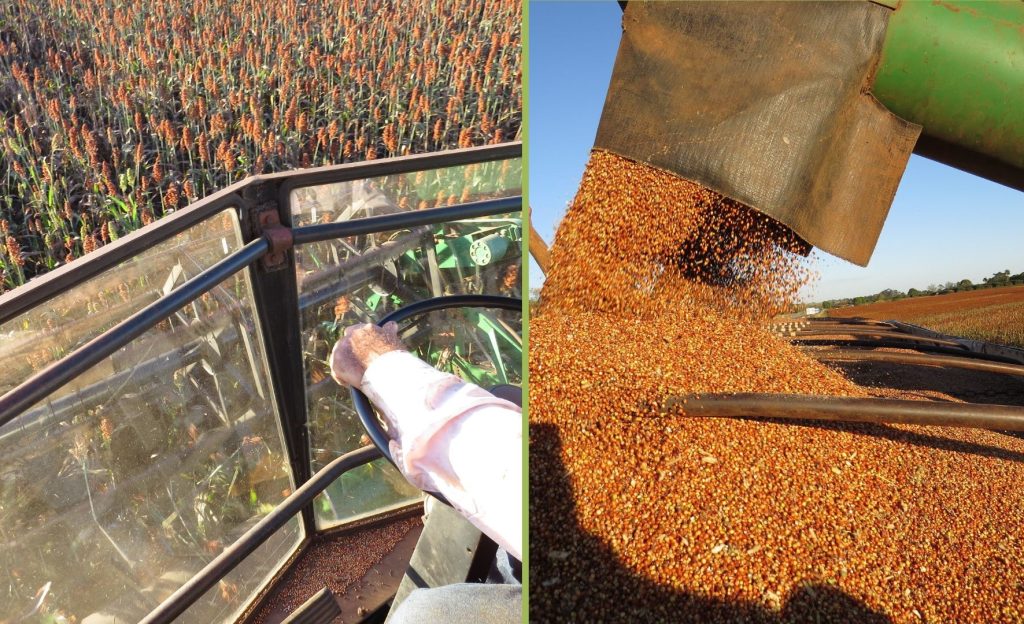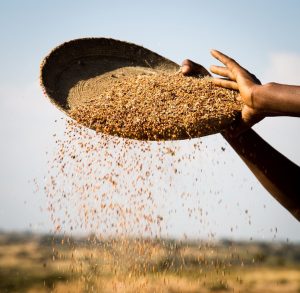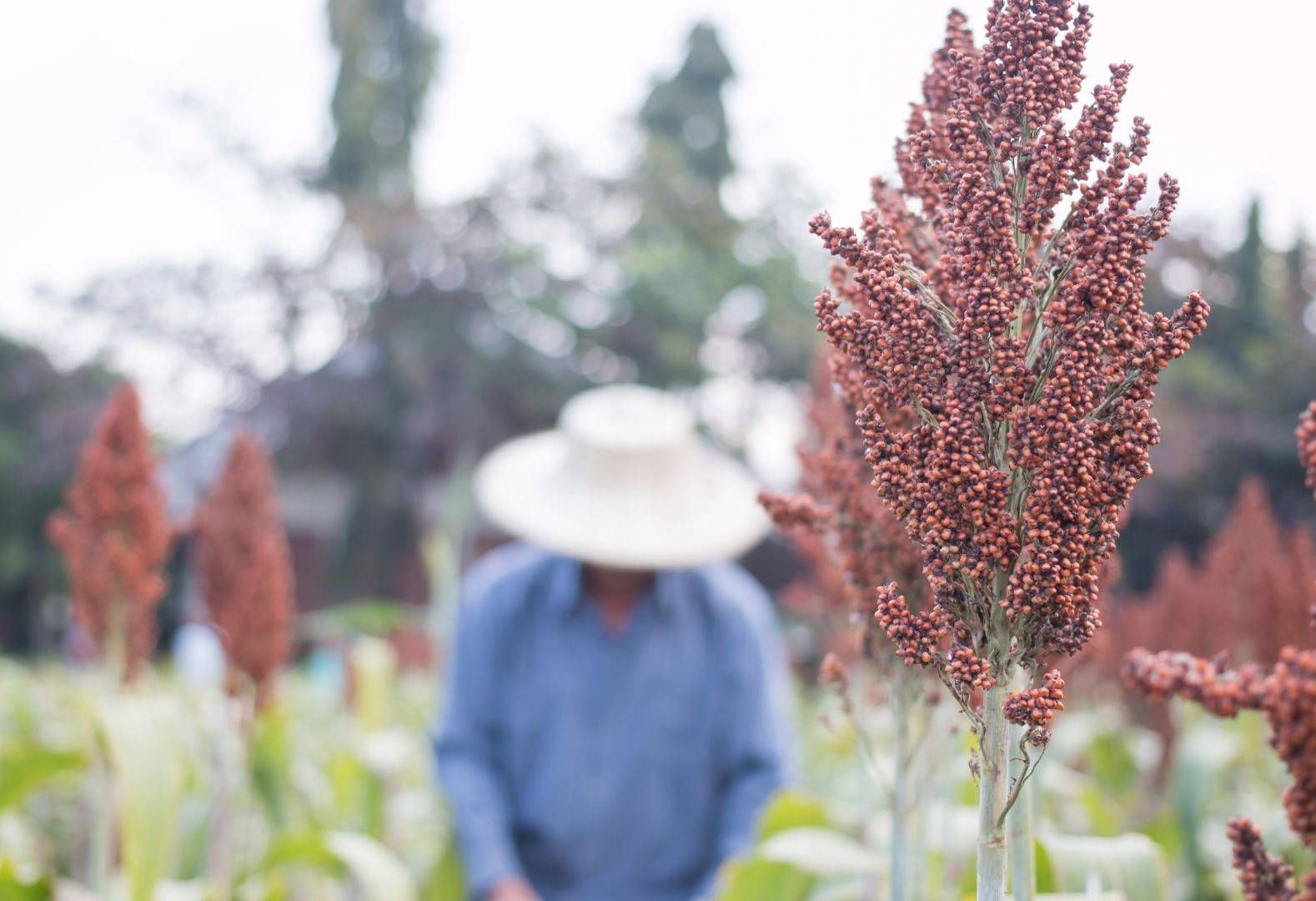Selection, Handling, and Storage of Sorghum for Propagation in Africa: Best Practices
Selection, Handling, and Storage of Sorghum for Propagation Purposes in Africa
Introduction
Sorghum is indigenous to Africa and has been the main staple crop on the continent for centuries. However, the spread of maize, especially hybrid cultivars, has shifted this, dominating the market and becoming the preferred cash crop from the mid-1950s to the 1970s, primarily due to its higher yield potential than sorghum and other millet varieties. Maize hybrids yield, on average, 5 to 10 tons per hectare, whereas sorghum hybrids typically yield 2 to 5 tons per hectare under excellent management.
Sorghum, however, despite coming second after maize, has a higher tolerance to drought and high temperatures than wheat, rice, maize, and other cereals grown in Africa. With abiotic stresses becoming increasingly common challenges faced by farmers today due to climate change, a resurgence in the cultivation of both sorghum and other members of the millet family is happening across drought-challenged parts of Africa.
A key aspect in the cultivation and production of sorghum is the propagation techniques and, before that, the selection, storage, and handling of what will be used as seed.

Selection of seeds for planting sorghum
Before a farmer chooses propagation material to plant the crop, he/she must first select a variety with characteristics suitable to the target market, use, and adaptive to the local environmental conditions and agricultural systems. There are open-pollinated, hybrid varieties, early, medium, late maturing, tall, medium height, semi-dwarf, dwarf, sweet, non-bitter, bitter, less prone to bird damage, large, medium, and small-headed, amongst many other characteristics of hundreds of cultivars grown not only in Africa but all over the world.
Seed Propagation
This is the most common method for propagating sorghum. Seeds are sown directly into the soil, either by broadcasting or by planting in rows. Sorghum seeds have a tough seed coating and are generally sown at 2-5 cm depth. Proper seed rate (around 40 kg/ha) and spacing are essential for achieving optimal plant density and yield. Thinning is a key follow-up practice (in the case of planting with broadcasing) to obtain the desired plant population of 40 to 70,000 plants per hectare, depending on variety and agroclimatic conditions.
Vegetative Propagation
While less common than seed propagation, some sorghum varieties can be propagated vegetatively. This involves using parts of the plant other than seeds, such as cuttings or tillers, to propagate new plants. This method is not widely practiced in comparison to seed propagation but may be used in specific situations, such as for small-scale crop production or for certain varieties.
Harvest and Post-Harvest Handling of Sorghum
When is the best moment to harvest sorghum?
Harvest sorghum seeds when they are mature and dry. Avoid harvesting when seeds are too wet or immature, as this can reduce germination rates and seed quality.
- Cleaning the sorghum seeds
Remove debris, chaff, and other impurities using impurities from the seeds using appropriate seed-cleaning equipment. This helps improve seed purity and reduce the risk of contamination.
- Drying
Dry seeds to a moisture content suitable for storage (usually around 10-12 degrees centigrade). Proper drying prevents mold growth and ensures seed longevity.

- Threshing
Separate seeds from plant material (panicle) using threshing equipment. Care should be taken to avoid damaging the seeds during this process.
- Grading
Grade Seeds based on size, weight and quality parameters to ensure uniformity. This helps in achieving consistent germination and plant establishment.
Storage of sorghum seeds for propagation
Store sorghum seeds in clean, dry, and breathable containers such as cloth or paper bags or sealed containers that allow air circulation. Avoid storing seeds in plastic bags or airtight containers, as they can retain moisture.
- Temperature
To maintain viability, store seeds in a cool and dry environment. Ideally, temperatures should be around 10-15 degrees centigrade. Avoid storing seeds in areas prone to temperature fluctuations or direct sunlight.
- Relative Humidity
Maintain low relative humidity (RH) levels to prevent seed deterioration. RH levels below 50% are recommended for long-term storage.
- Ventilation
Ensure adequate ventilation to prevent moisture buildup around the seeds. This helps maintain seed quality and prevent the growth of mold.
- Monitoring
Monitor stored seeds regularly for signs of deterioration, such as mold discoloration or unusual odors. Rotate seeds periodically to ensure even air circulation and reduce the risk of pathogen infestation.
By following these seed handling and storage methods, sorghum can be effectively preserved, maintaining its viability and ensuring successful propagation in subsequent planting seasons.
Further reading
- Sorghum plant: Characteristics, Importance, Distribution and Uses
Common Soil-Borne Diseases in Sorghum: Prevention and Management Strategies
- Sorghum bicolor – Sorghum seeds
- Flood irrigation systems and Water Use Efficiency
- Real-life examples of irrigation practices revolutionizing agriculture in dry areas
- The importance of Networking and Collaboration amongst Farmers In Zambia and Sub-Saharan Africa











































































